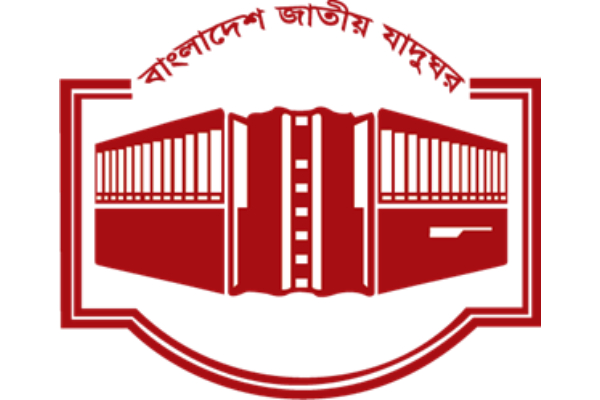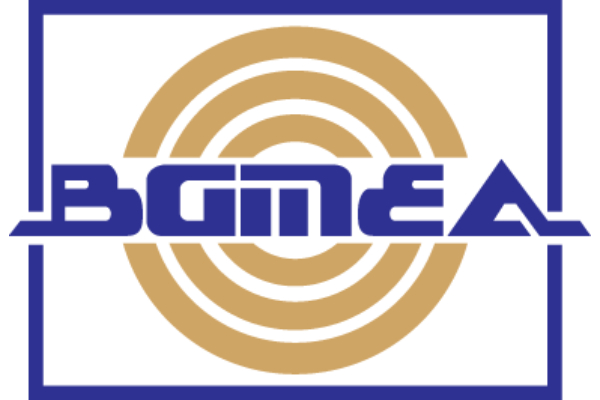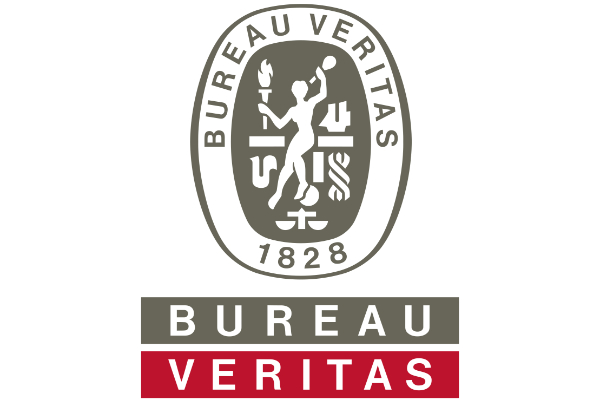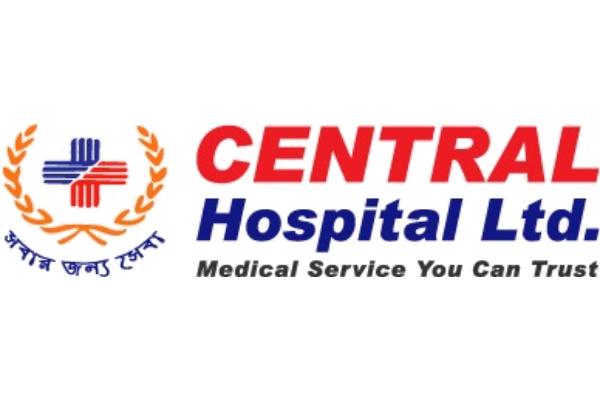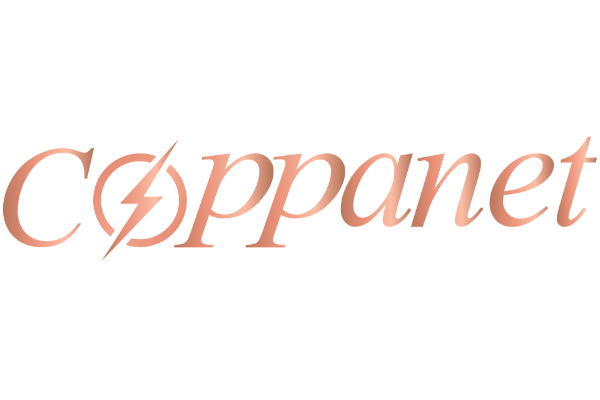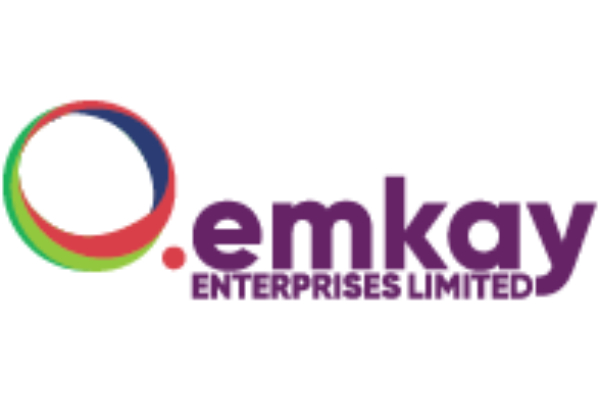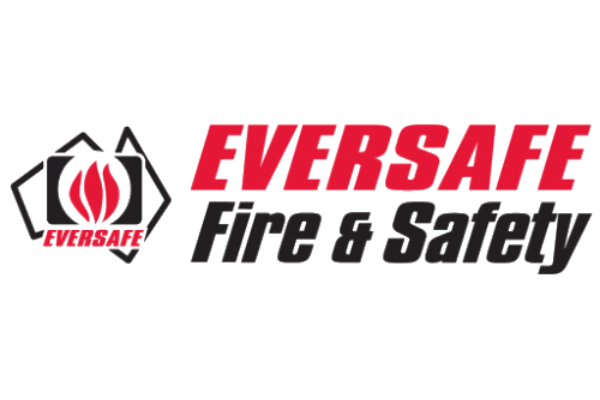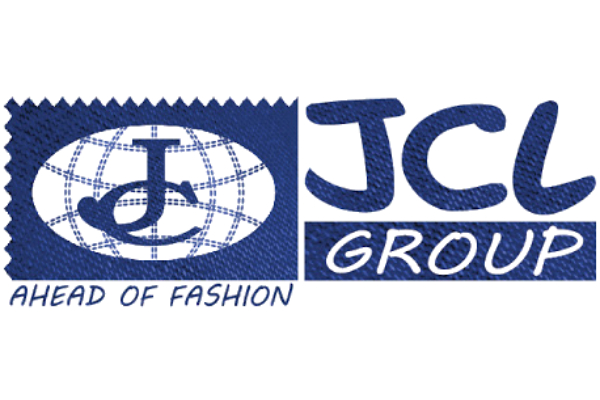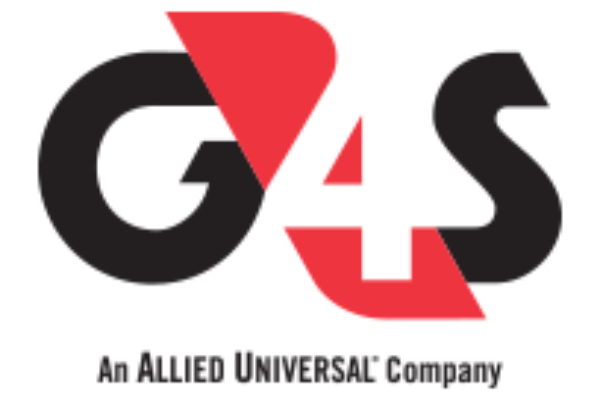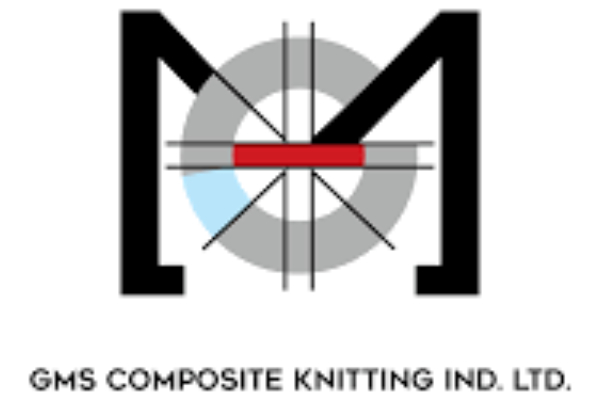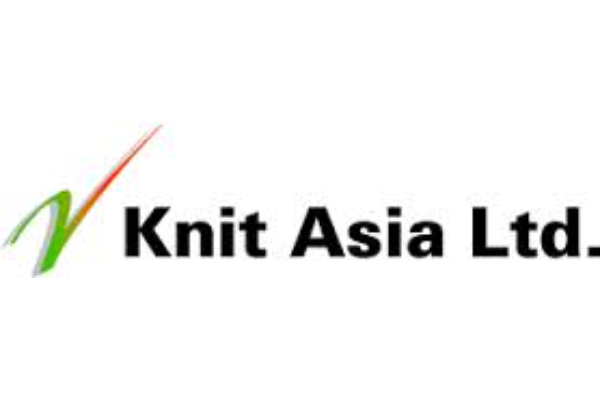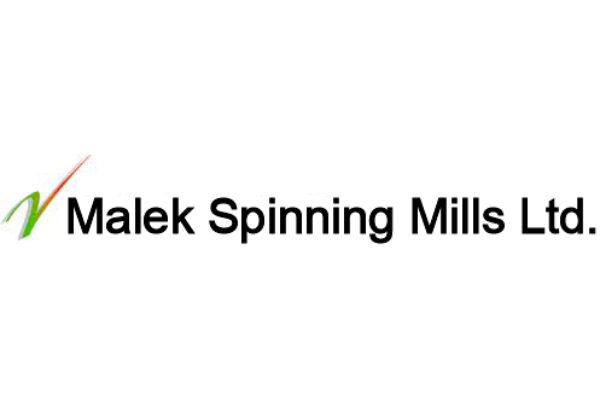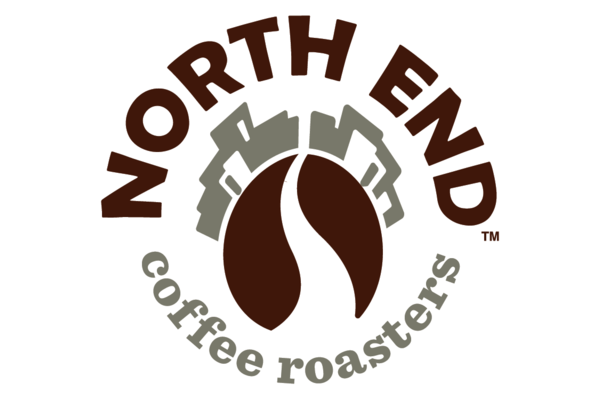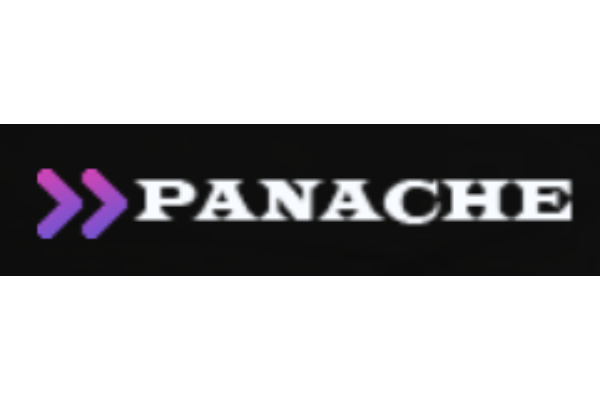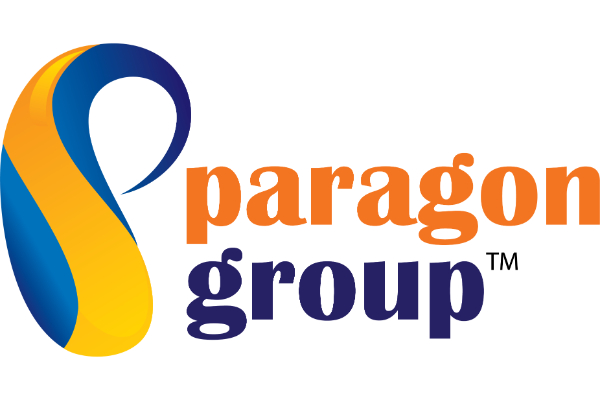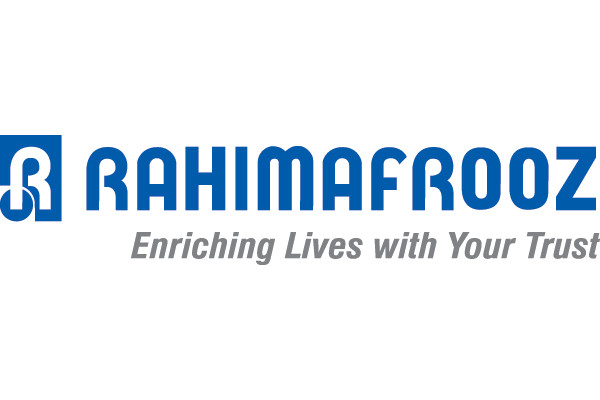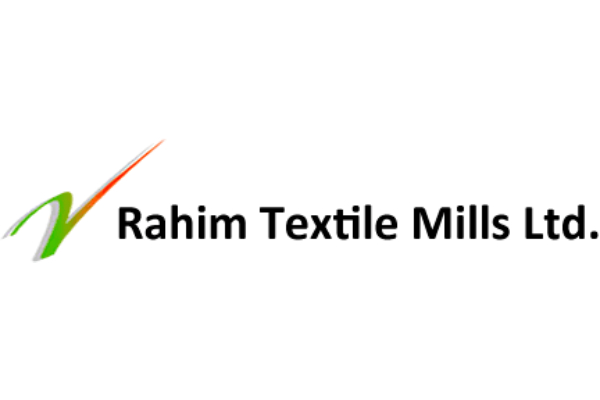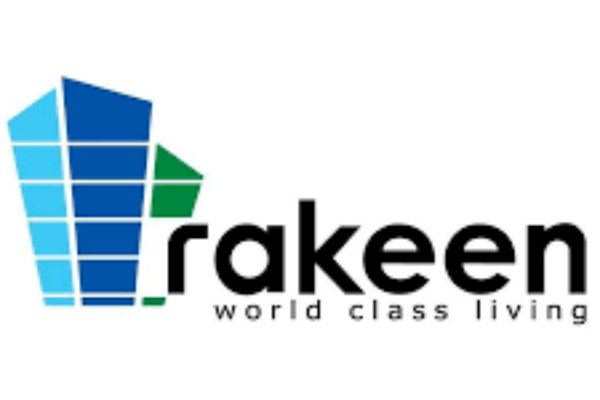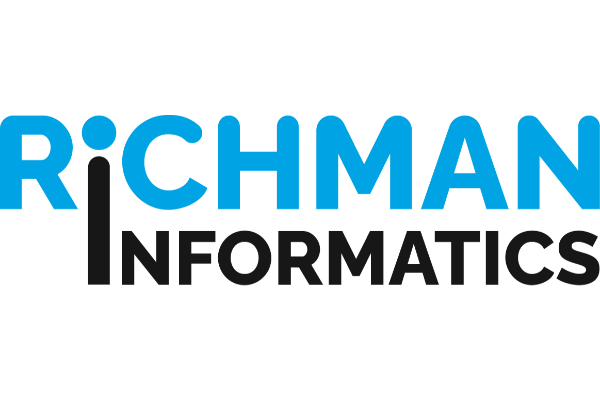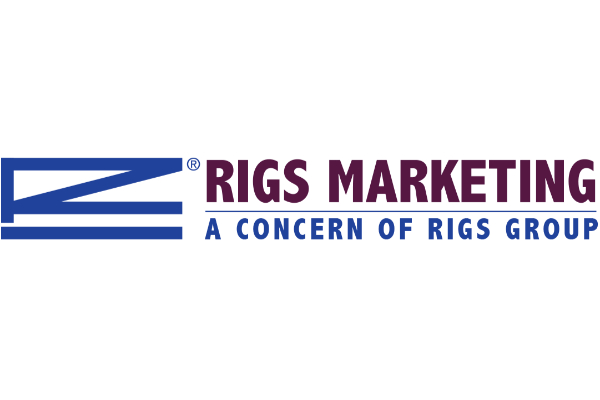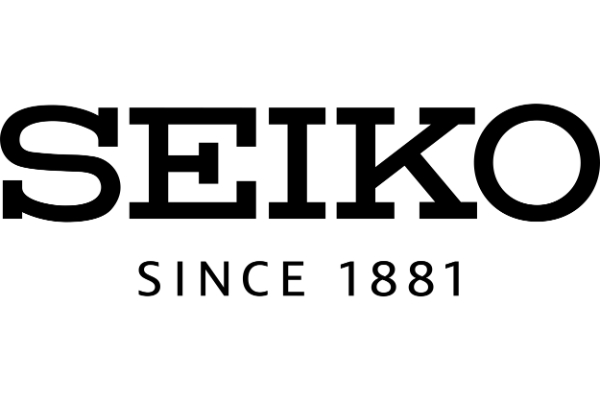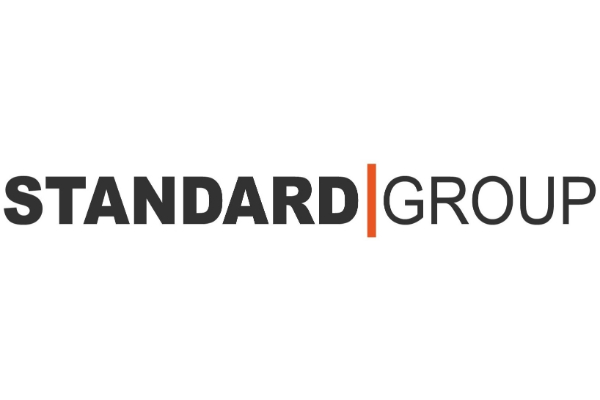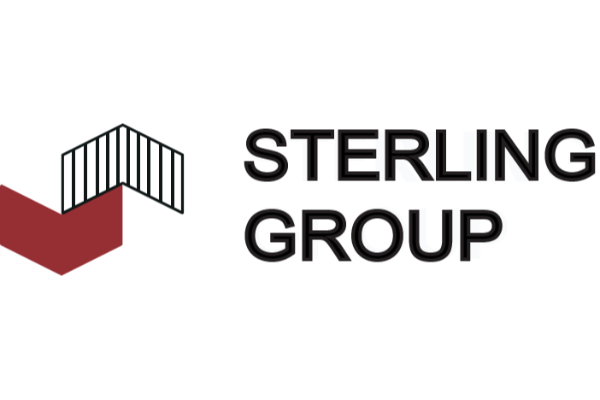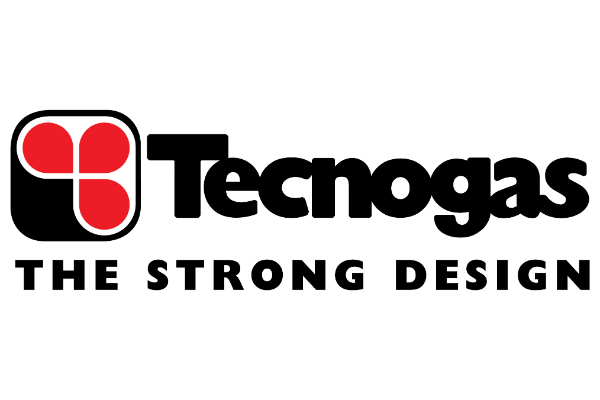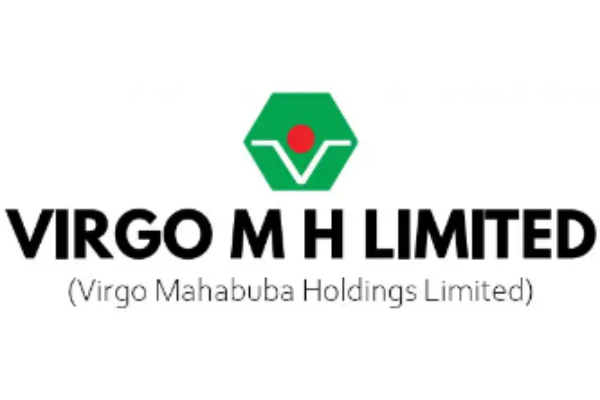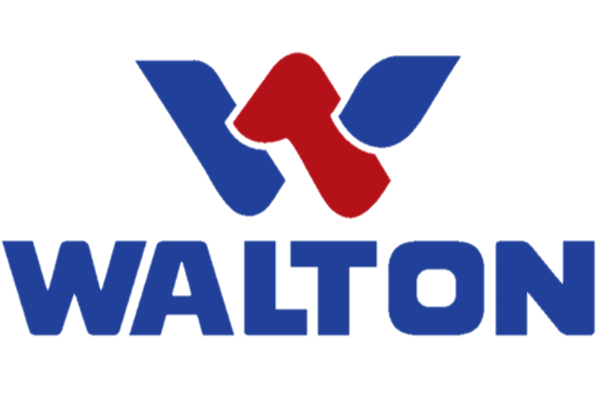Fiber Optic Backbone
Ellipse’s tier 1 IP Transit service is described as a hidden gem by our customers. We offer bandwidth of the highest quality, speed, reliability and affordability.
FIBER OPTIC SOLUTIONS FOR THE FUTURE
Fiber to the x (FTTx) is a generic term for any broadband network architecture using optical fiber to replace all or part of the usual metal local loop used for last-mile telecommunications. Fiber to the x (FTTx) is a collective term for various optical fiber delivery topologies that are categorized according to where the fiber terminates. Fiber access is one of the most important technologies in the next generation network. It increases the access layer bandwidth and builds a sustainable-development access layer network.
Fibre-To-The-Home (FTTH) technology let you help on high-bandwidth applications such as high-speed internet access, video-on-demand, high definition TV, IPTV and online gaming.
Ellipse provide an integrated, completely optical solution that provides easy fast installation and turnup times with outstanding performance. It’s the backbone proven by enterprises around the country for future-ready reliability and ease of integration.
Please Fill Out The Form to Discuss Your Fiber Optic Backbone Design
Considerations in building fiber optic backbone
MINIMUM BEND RADIUS
Bending the fiber cable tighter than the minimum bend radius may result in increased attenuation and broken fibers. If the elements of the cable are not damaged, when the bend is relaxed, the attenuation should return to normal.
MAXIMUM TENSILE RATING
Tension on the cable should be monitored when a mechanical pulling device is used. Circuitous pulls can be accomplished through the use of backfeeding or counterpull techniques. For indoor installations, pull boxes can be used to allow cable access for backfeeding at every third 90° bend.
MAXIMUM VERTICAL RISE
All optical fiber cables have a maximum vertical rise that is a function of the cable’s weight and tensile strength. This represents the maximum vertical distance the cable can be installed without intermediate support points.
CABLE PROTECTION
When the cable is installed in raceways, cable trays, or secured to other cables, consideration should be given to movement of the existing cables. Although optical fiber cable can be moved while in service without affecting fiber performance, it may warrant protection with conduit in places exposed to physical damage.
DUCT UTILIZATION
For customer premises applications, the cost of extra fibers is usually small when these extra fibers are not terminated until needed. For a difficult cable pull, extra fibers installed now but not terminated may be the most cost-effective provision for the future.
PRECONNECTORIZED FIBER CABLE ASSEMBLIES
These connectors must be protected when installing the connectorized end of these cables. Protective pulling grips are available to protect connectors. The size of the preconnectorized assembly and pulling grip should be considered before ordering factory connectorized cables.
FIBER OPTIC CABLE SLACK
A small amount of slack cable (20-30 feet) can be useful in the event that cable repair or relocation is needed. If a cable is cut, the slack can be shifted to the damaged point, necessitating only one splice point in the permanent repair rather than two splices if an additional length of cable is added. This results in reduced labor and hardware costs and link loss budget saving.
Our Clients
Client’s satisfaction is the only key to open the lock of the door to success


